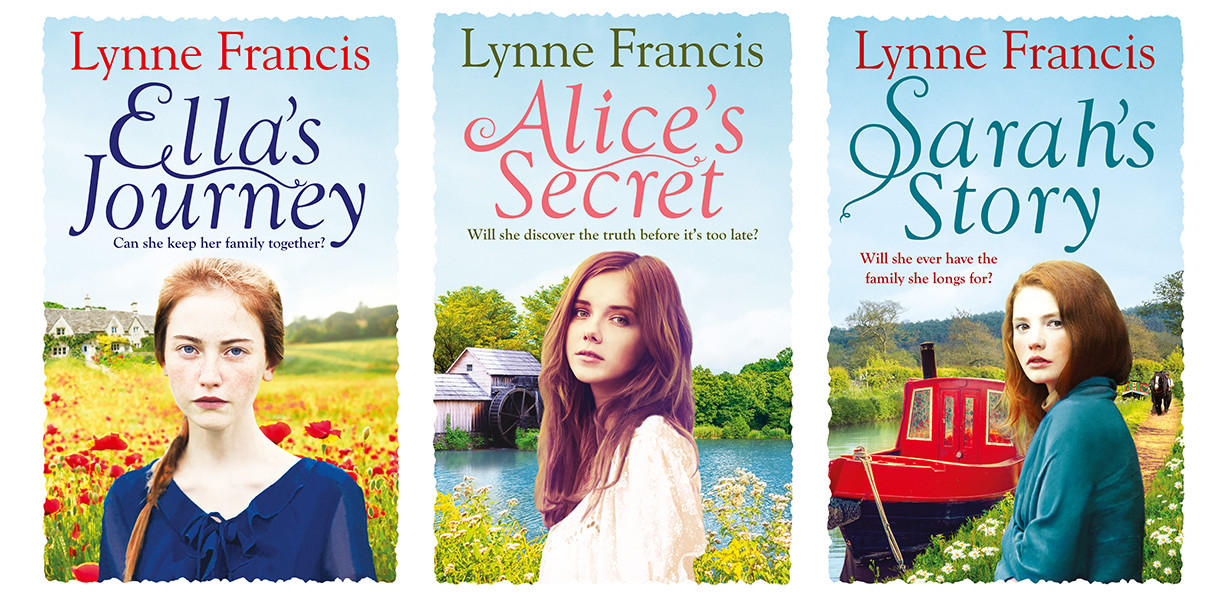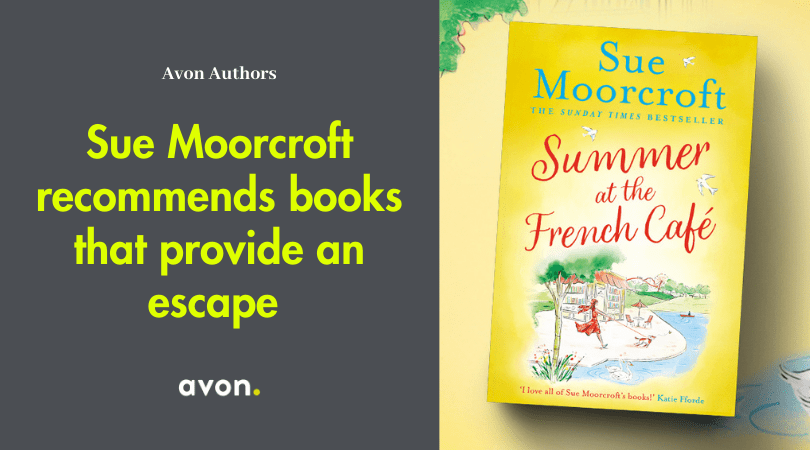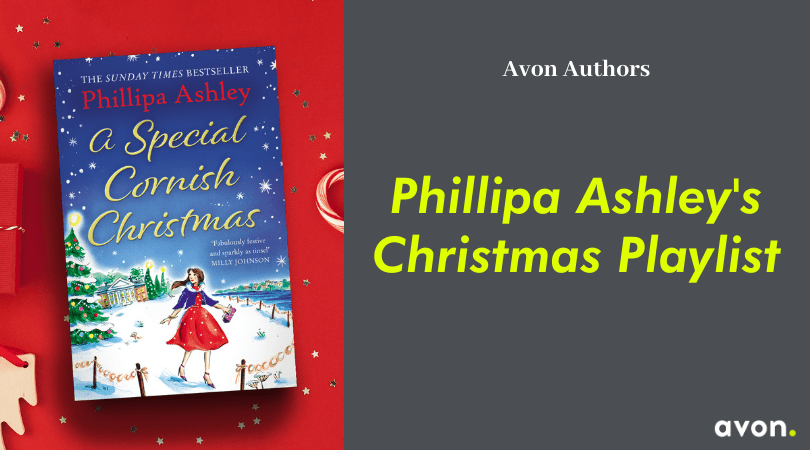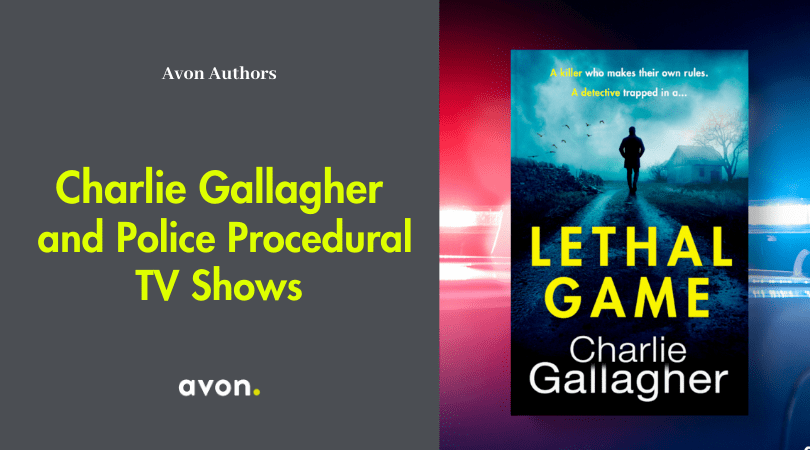Before I started writing any of the books in the Mill Valley Girls trilogy, I’d been doing some family research of my own and was lucky enough to stumble across my family tree on Ancestry. A distant relative had already done all the hard work, uncovering several generations of my mother’s side of the family in Yorkshire, dating back to 1800. I found myself poring over all the information that she’d gathered – pieces from the newspaper, wedding announcements, photographs and even family letters – and trying to imagine the story of all these ancestors who were part of me. Although the detective work involved in tracking down the facts of the past is much easier to do these days, trying to deduce the character and everyday lives of relatives that you’ve never met is much harder – but intriguing. The TV series Who Do You Think You Are? taps into that and I’ve watched pretty much every episode, so the fascination with the hidden history of a family was already there when I began to write.
My original strapline for Alice’s Secret was ‘A story about uncovering the past in the present – can you ever really know the truth?’ and I think this sums up family research. In real life we so often don’t know the true story of our relatives. We only have the truth that is passed down to us and perhaps diluted – or exaggerated – over the years. I love the idea of conjuring ghosts from the past and uncovering skeletons in the cupboard, and this drives both Alice’s Secret and Sarah’s Story. In Alice’s Secret, Alys – the contemporary heroine – tries to piece together fragments of her family history from the few things her great-great–grandmother Alice left behind: a herbal ledger, a locket and an embroidered bag containing mysterious notes. Meanwhile, the reader is party to what actually happened in the past because they are also following Alice’s story in parallel. Although Alys surmises she can’t be sure of the truth, the reader can be.
I didn’t want to leave this family behind when I’d finished writing Alice’s Secret and so I began to write about Alice’s respective sister and daughter, Ella and Beth, taking the family story beyond Victorian times, through the First World War and into the 1920s – a time of huge changes in this country and for women in particular. Beth and John’s story, about love across a class divide, is based on a snippet borrowed from my own family history: the story of my maternal grandparents.
As I progressed with Ella’s Journey I realised I’d set myself a bit of a challenge – I had to start building a proper family tree to make sure that all the facts and dates of births, marriages and deaths tied up for all the family members.
Sadly, this doesn’t look anything like the framed family tree in beautiful script that belongs to Derek and Julie in Alice’s Secret. Instead, it’s on a sheet of A4 printer paper, in landscape format, with an awful lot of scribbled adjustments and rubbing out of dates. I had to make sure that the timeline hung together and – with Alice and Ella having three other siblings – that everyone was the right age at the right time. I got myself in a particular tangle allowing enough time for pregnancies to run their course and I discovered I had a kind of date dyslexia – managing to frequently transpose numbers and cause myself minor panics.
I made life even more complicated for myself when, with Ella’s Journey complete, I began to write Sarah’s Story. This prequel, being the story of the mother of the key women, Alice and Ella, in the Mill Valley Girls novels, meant that I not only had to work backwards through the generations, creating ancestors for Sarah (and turn over my family tree sheet to write them on the back…), but I also had to be certain that I didn’t create anything in Sarah’s life that might conflict with events I had already written about. Even though I already knew how the family relationships were going to progress it was lovely to discover the way in which the family story revealed itself to me. I had no idea how one key event relating to Ella was going to play out until I was quite far into the story of Sarah. And, at the end of the book, it becomes clear that there are two family secrets that stayed that way throughout the generations.
I didn’t embark on the trilogy knowing where it was going to go – the events came to life as I wrote, in the way that our own histories evolve day by day. But I have to say there was a real sense of achievement on completing Sarah’s Story, having brought a family to life – along with their trials and tribulations – over a period spanning two centuries.



